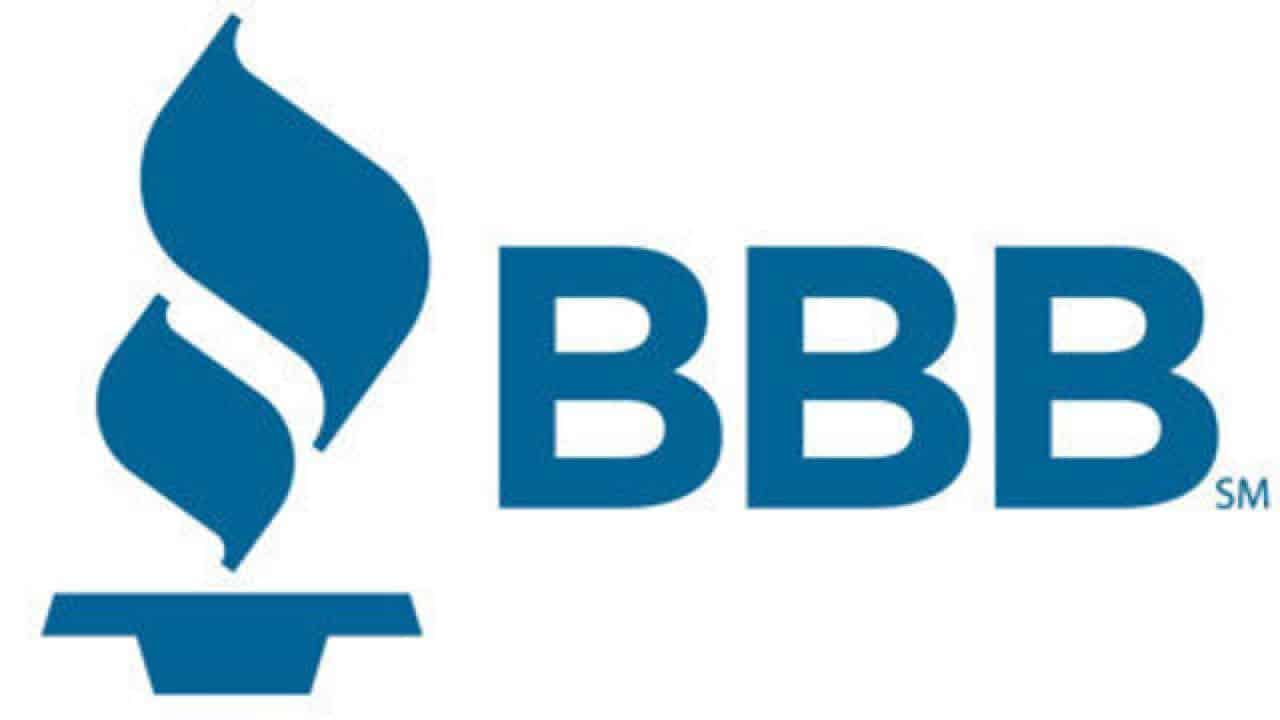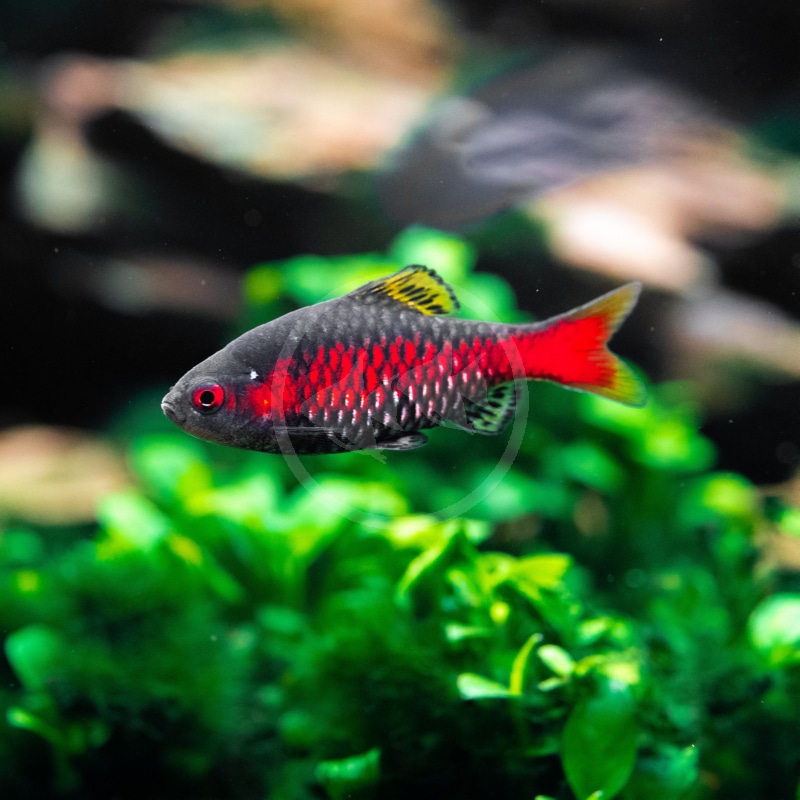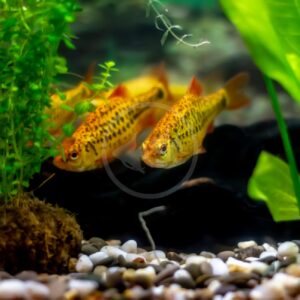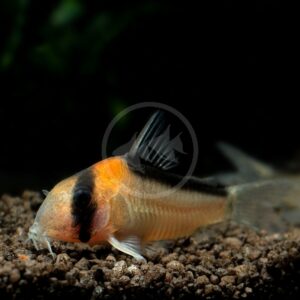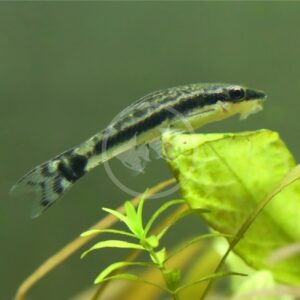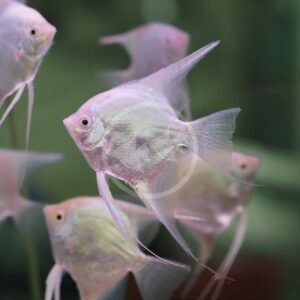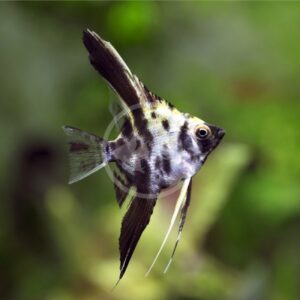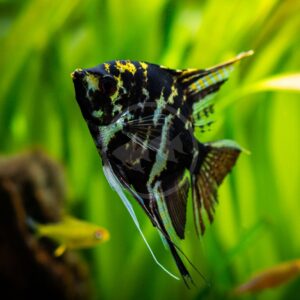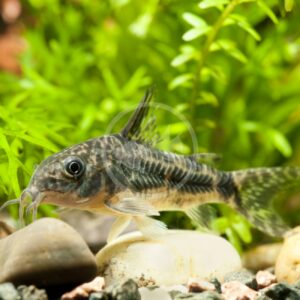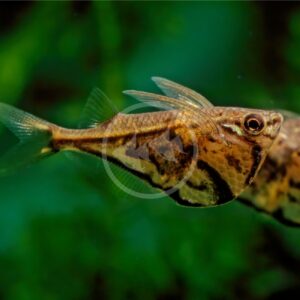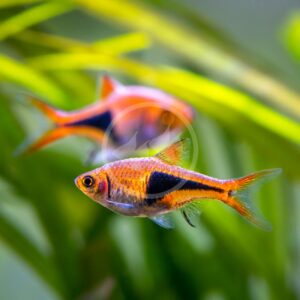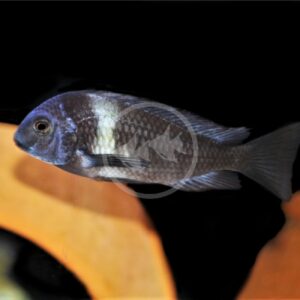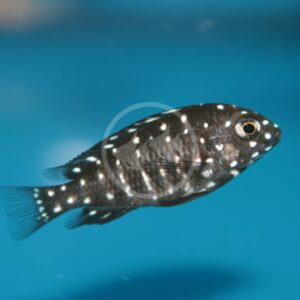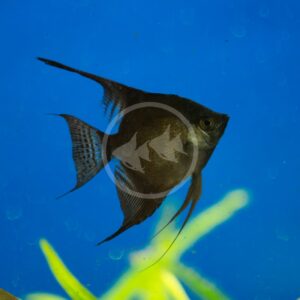Care Level: Easy
Temperament: Semi-Aggressive
Live Plant Safe: Yes
General Description: The Odessa Barb is endemic to a region in Myanmar. Because of this, Odessa barbs available within the aquarium trade are commerically produced. Odessa barbs exhibit sexual dimorphism – males possess a bold red band along the length of their body, while females are less intense in coloration and may even appear quite plain. Juvenile or young Odessa barb males can look like females, but will often have subtle signs of red coloration peaking through. For the well researched aquarium, Odessa barbs do not typically cause issue. However, they are often mixed with incompatible species in which they take advantage of and harass, or are kept in too small of an aquarium where nippy behavior can be exhibited. A natural schooling fish, Odessa barbs absolutely should be kept in groups of 8 to 10 individuals and this can also aid in preventing “aggressive” behavior. A mixed sex group is suggested, as males while show their best coloration toward each other while they try to maintain their heirarchical status and gain the attention of females. An adult Odessa barb can reach a size of approximately 2″. Odessa barbs are one of the few cyprinids that will occasionally graze on nuisance algae.
Diet Requirements: In the wild Odessa barbs are omnivores. A diet made up of various high quality vegetable based and protein based flake foods, sinking micro pellet foods and bug bites are ideal, in addition to offering frozen foods such as bloodworms, brine shrimp and daphnia. Some emphasis should be put on offering ample plant or algal based foods for this species. Variety is the spice of life in order to maintain color, immune function and longevity of your fish. The red pigmentation of male Rosy barbs may be accentuated further if fed a food with a high concentration of the carotenoid astaxanthin (such as New Life Spectrum Ultra Red pellets).
Care Requirements: A minimum 20 gallon aquarium is ideal for a small group of Odessa barbs. Odessa barbs are one of hardest fish for newcomers, and are therefore listed as a “hardy fish” because they are able to endure the initial break-in cycle of a newly set-up aquarium. After the cycle is completed, biweekly water changes are encouraged to keep water parameters favorable (Nitrates < 30 ppm). Because we offer only aquacultured Odessa barbs, they have a range of water parameters in which they can adapt to. The aquarium does not need to be aquascaped with anything in particular to keep a school of Odessa barbs happy, but a darker substrate, driftwood and other natural-looking arrangements will bring out the beauty of this barb. Odessa barbs have been observed to show exceptional coloration in dense live planted aquariums. We do not recommend mixing this barb with fish that are timid, slow-moving, or that have decorative fins such as angelfish and guppies. In the wild, Odessa barbs have been observed in mixed shoals with Choprae Danio (Danio choprae) and Pearl Danio (D. albolineatus), for example. Recommended water conditions, 72-78° F, KH 5-12, pH 6.5-8.5.
Purchase Size: Small: 1” or less; Medium: 1-1/4” to 1-1/2”
Note: Your item may not look identical to the image provided due to variation within species. Purchase sizes are approximate.

